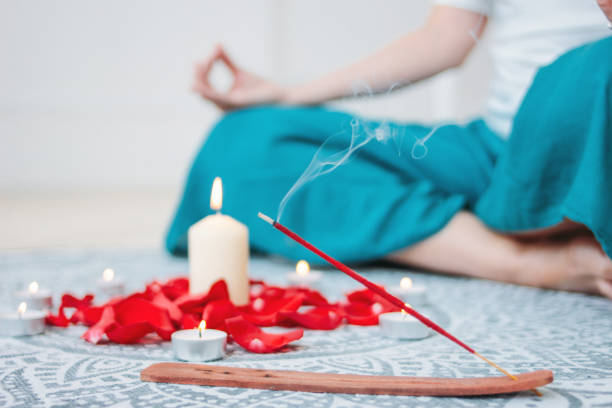Happy new moon and many blessings to you at this sacred time of year when the veil is thinning between our world and the next.
In my last blog I wrote about how to set up a simple ancestor altar, but now what do you do there and what does it mean to have an ancestor connection practice?
Connecting to my ancestors is so vital to my well-being and to the well-being of my community.
Have you heard the saying-grief is love with no place to go? Well, I don’t really believe that.
Making space to honor those who have passed actually gives you a place for your love to go. I know it’s not the same as giving love in person, but it may help you feel more connected to your loved one.
However, if you’re in acute grief, this may be really hard for you to do. Just notice what arises and if now is not the time, come back to it when you’re ready.
In the meantime, I invite you to set up an altar to your grief instead. Here’s a blog that teaches you how to have your own personal Grief Retreat.
…
So, what do I mean exactly when I refer to the ancestors? Well, first and foremost, it’s our lineage. It’s who we come from; it’s our blood line.
Yet it also means anyone who was important to you, including dear friends and teachers. It could also be your soul lineage-those whose work has deeply impacted you in some way. For me that could be Frida Kahlo, Mary Oliver and Elizabeth Kubler-Ross.
You could also honor the ancestors of the land where you live. I live on Turtle Island (United States), on the land of the Ute, Cheyenne and the Arapaho peoples in Boulder, Colorado. So I honor them by simply acknowledging them in my ancestor practice.
You may also include those from the animal world, such as pets you’ve loved as well as simply honoring the ancestors of the animals that live on the land where you live.
| 